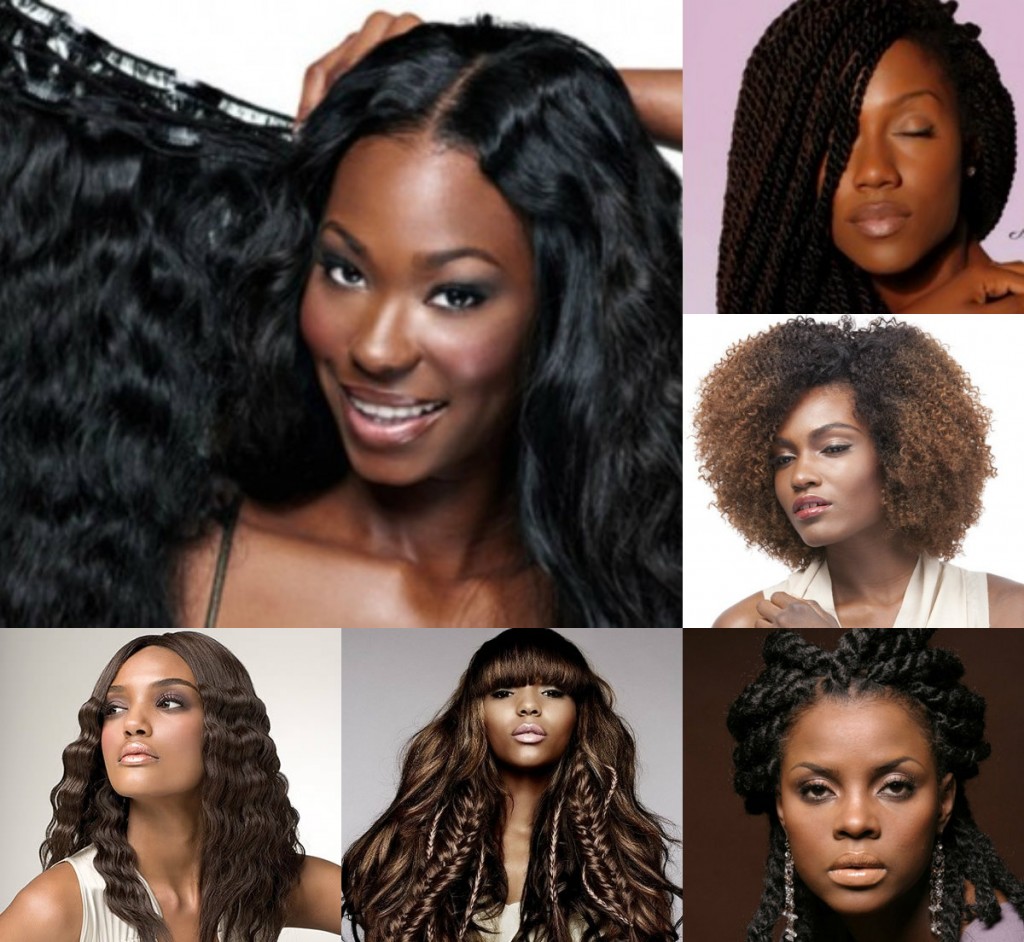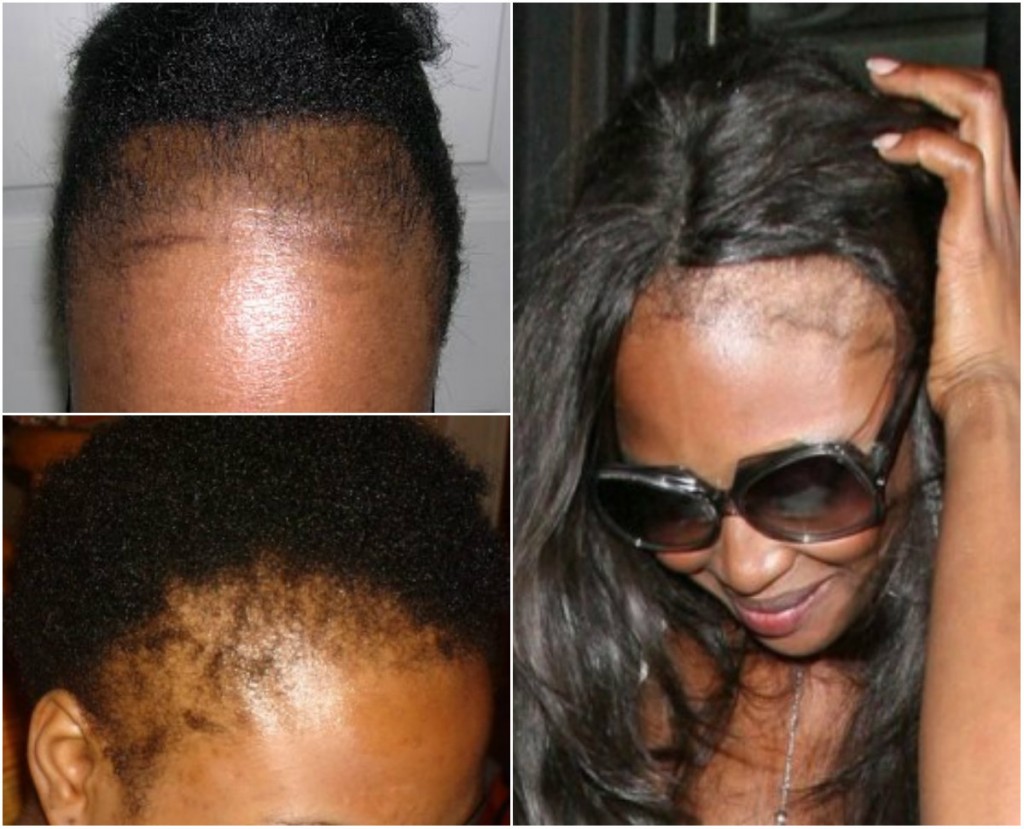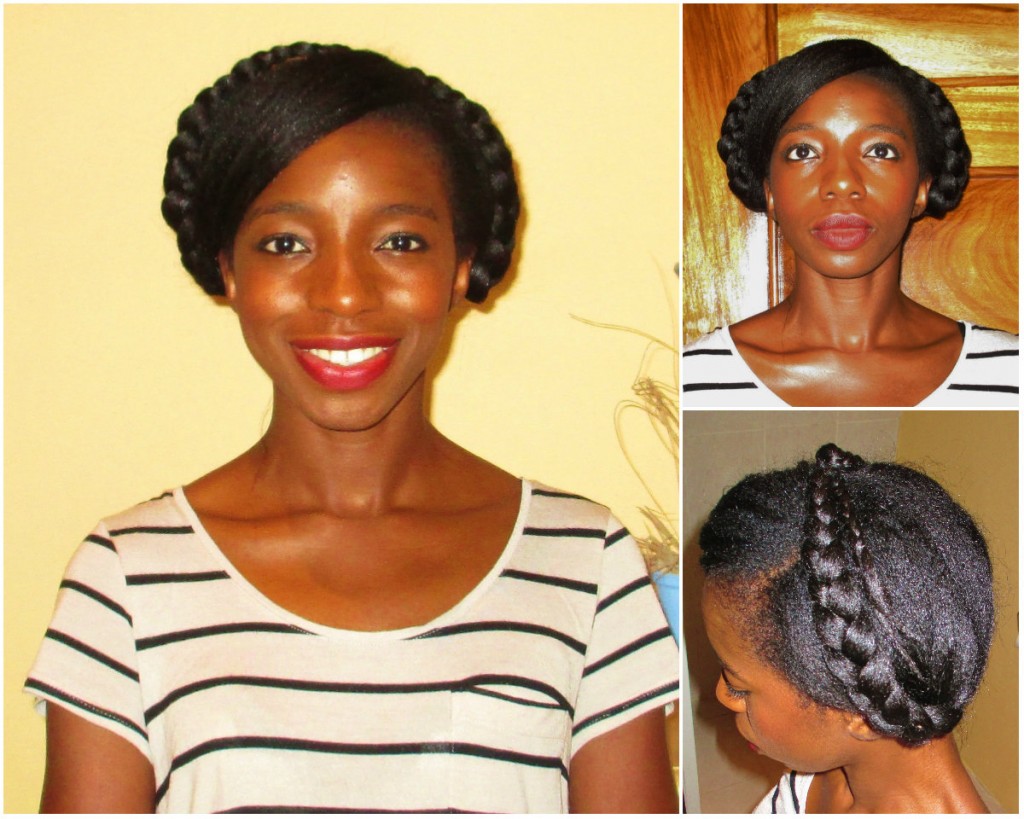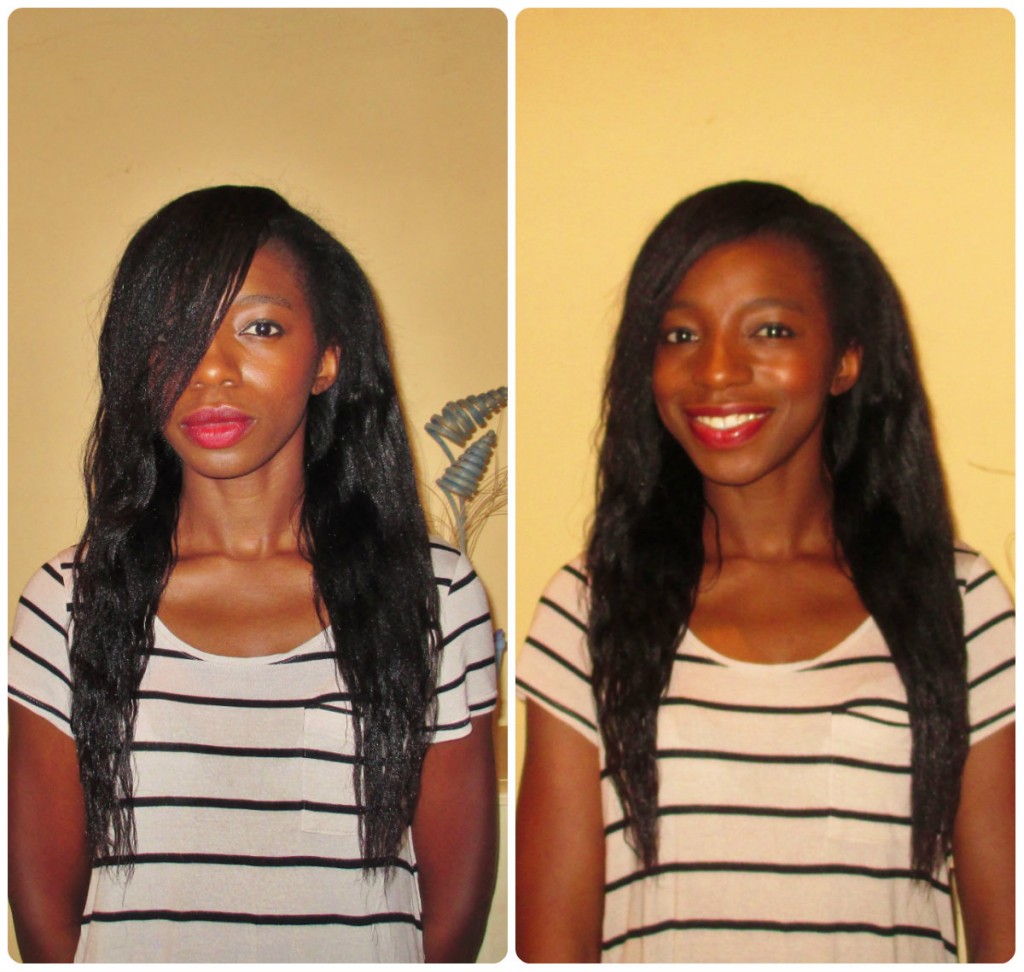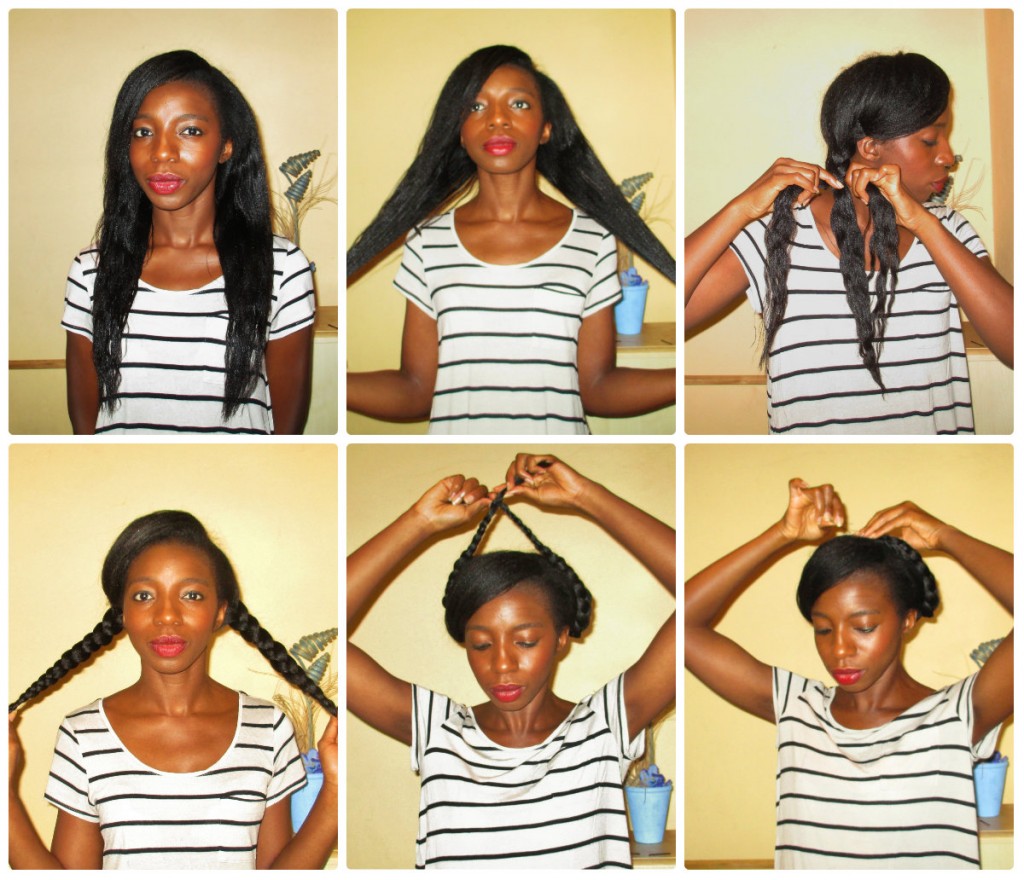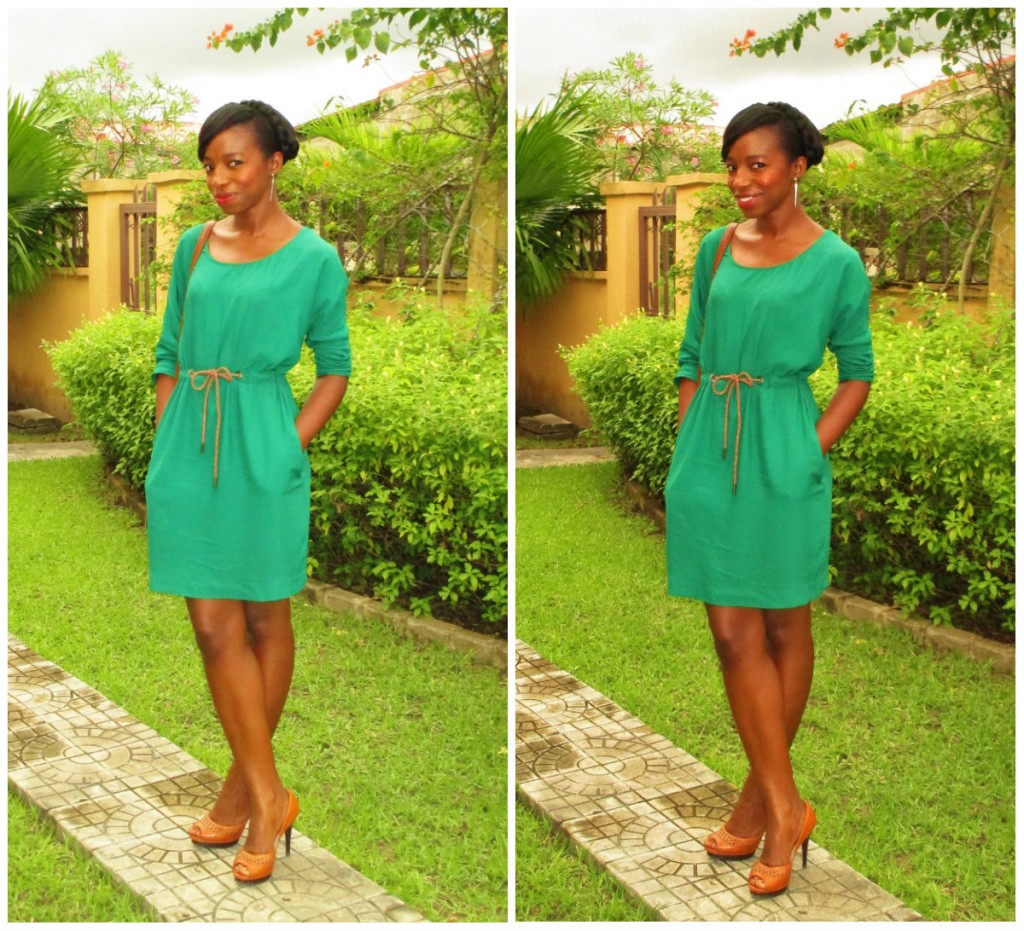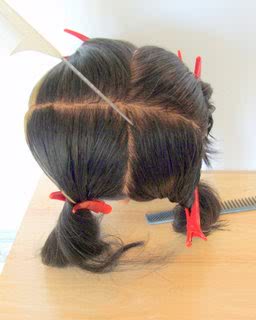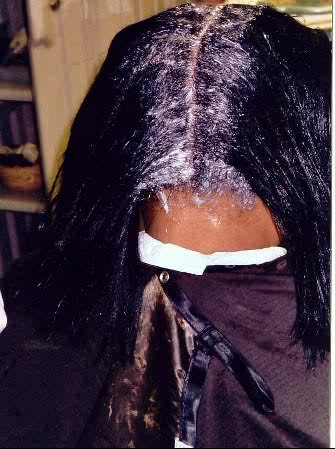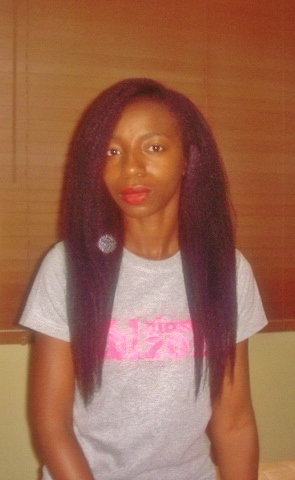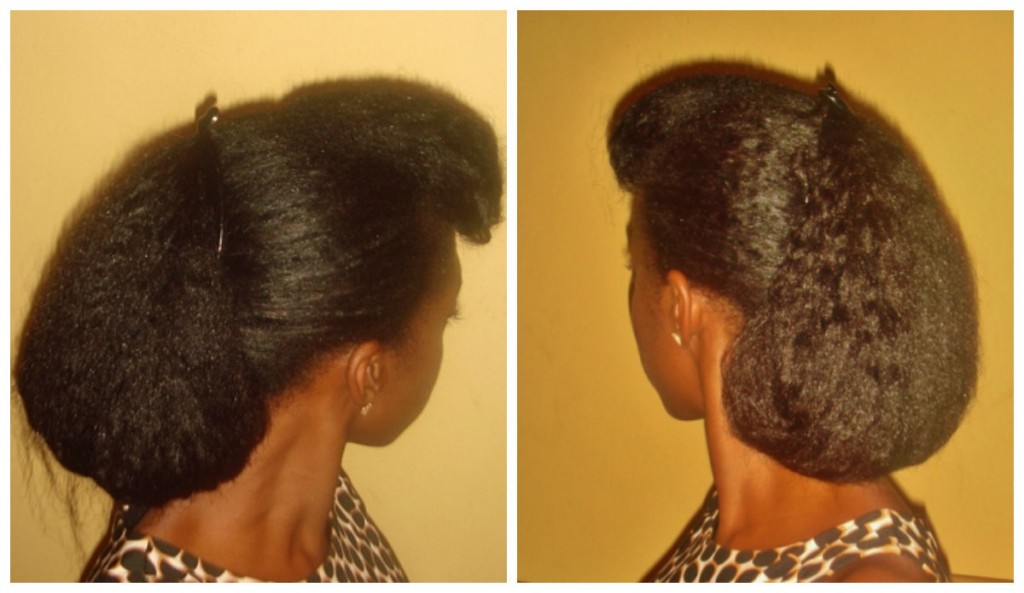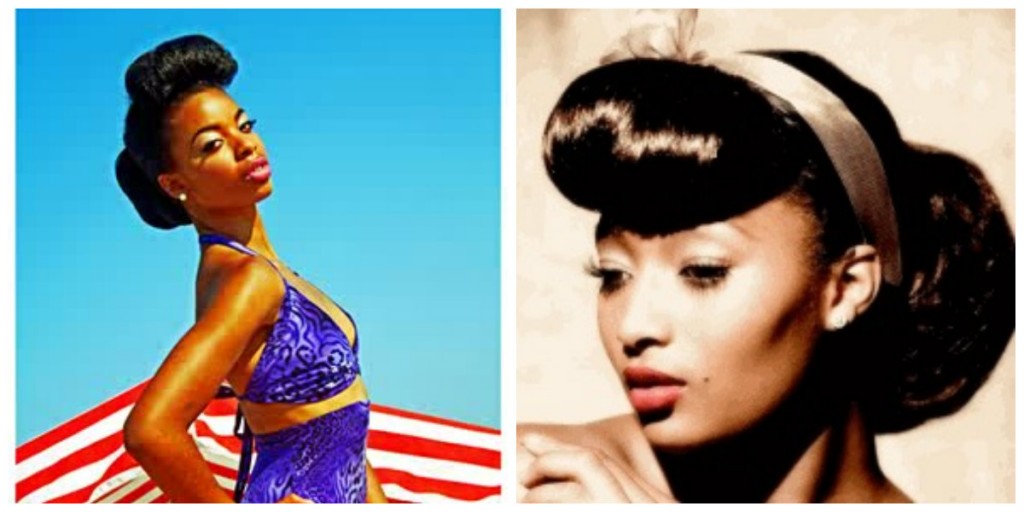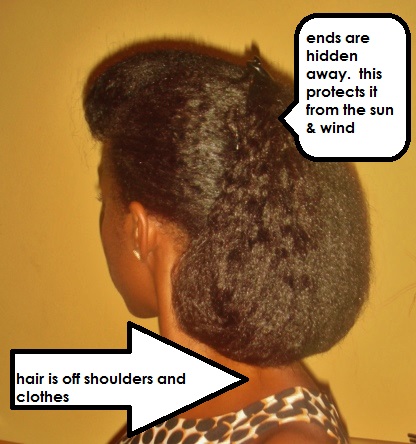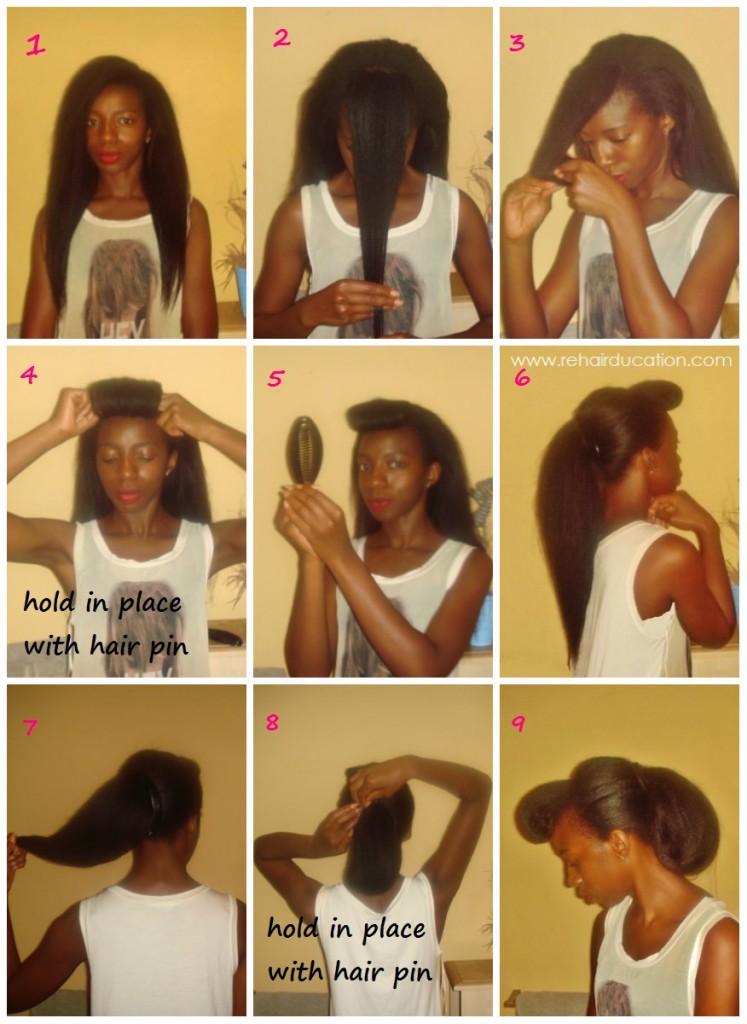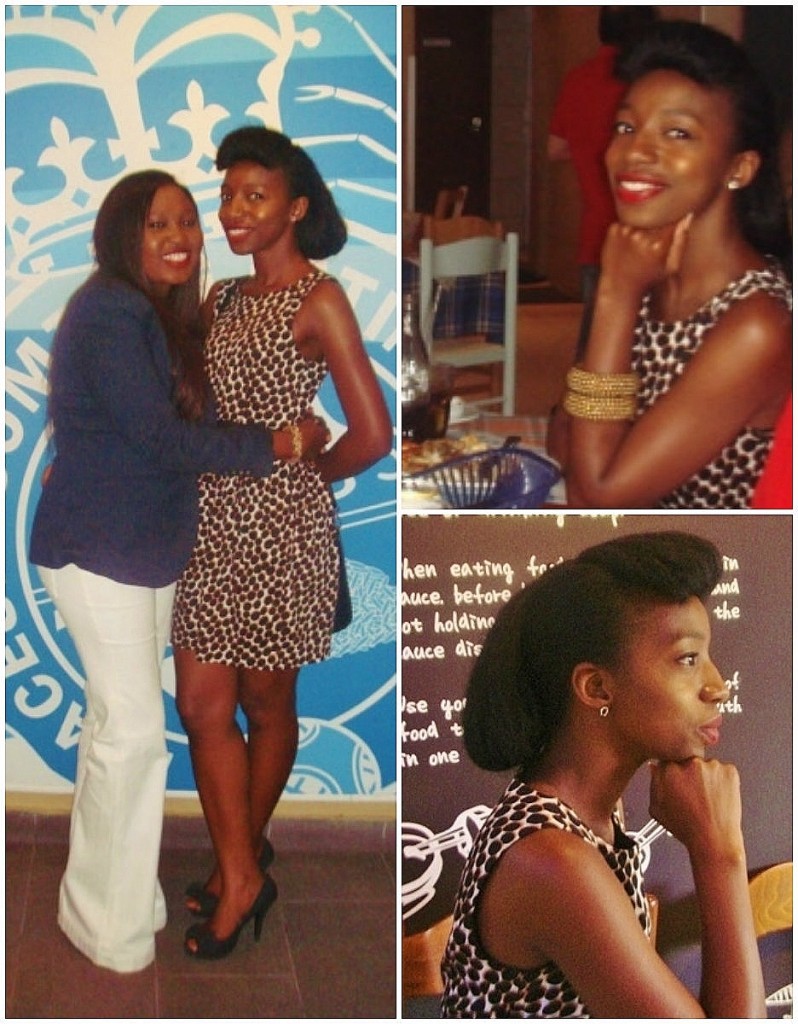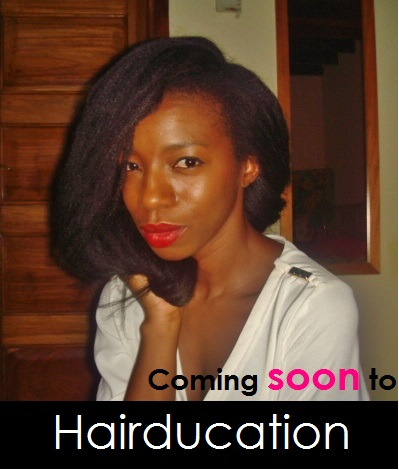It is apparent that several of us wear weaves, braids and wigs majority of the time and rarely leave our own hair out.
Extensions are versatile, allowing you to switch up your hair style and can be a fantastic long term protective style.
I love wigs in particular and still wear them regularly despite the length of my own hair.
However several ladies have suffered severe breakage and traction alopecia as a result of hair extensions.
In this 3 part series, I will set out the pros and cons of wearing extensions, what you should do to ensure your extensions are installed and removed correctly, and most importantly, how to care for your own hair when wearing extensions so that hair loss is minimised.
CONS: why extensions can be destructive to your hair and scalp
1) Hair that is in poor condition before installing extensions.
If your hair is weak and/or in a poor condition, hiding it in a weave/braids and ignoring it will not make your hair problems go away. So when you eventually remove your extensions the problem will still be there waiting for you and may have even worsened due to weeks of neglect.
Ensure your hair is in good shape and resolve any underlying problems before installation. Remember, creating and being consistent with your hair journey will keep your hair in good condition in preparation for your extensions.
2) Tight and heavy extensions.
It is well known that weaves and braids should not be too tight when installed, especially around the hairline, but the fact is several of us (myself included in the past) ignore this advice.
Several of us have severely damaged hair lines due to traction alopecia (hair loss causes by the weight and tension of extensions) and yet we carry on repeating such hair styles. When installing your extensions, ensure that the hair line and other sensitive part of your hair are handled gently and that too much extension hair is not used or added to such areas. The weight of the extension hair on delicate areas for weeks is likely to cause hair loss.
3) Choosing styles that your hair cannot withstand.
As noted above several of us have experienced hair loss as a result of wearing extensions.
Note that if your hair follicle (root of the hair) has been permanently damaged, those follicles may either stop producing hair or the hair they re-grow may be weak and sparse in comparison to the other parts of your head. This is why it is very important to stop doing hair styles that your hairline and other sensitive parts of your hair cannot withstand.
You should either find a way to prevent such loss and be willing to stop wearing such hair styles if your hair cannot withstand it. Because in the long run it could result in PERMANENT hair loss. We all know women whose hairline has “refused” to grow back. Don’t make the same mistake.
If your hairline keeps getting pulled out by braids or weaves, it may grow back now but if you keep doing such styles it may become permanently damaged and not grow back.
For example I haven’t worn braids or cornrows in almost 10 years because despite my efforts my hairline was always pulled out because of the weight of the extensions. My hairline, particularly my temples are very delicate. I would install braids or cornrows, it would rip out my hairline, I would wait for my hair line to re-grow and then re-install. Talk about a vicious cycle. After I accepted that braids were just not compatible with my hairline, I stopped wearing braided hair styles.
The moral of the story is this: I decided to put the health of my hair before a hair style and I stopped wearing braids or cornrows.
If you are fortunate enough to have a hairline that can withstand braids/cornrows then by all means please continue wearing such styles if you so desire.
4) Neglecting your own hair whilst wearing extensions.
Extensions should not be seen as a holiday from caring for your own hair.
You will not have to complete your full weekly hair regimen due to restricted access but completely ignoring your own hair whilst wearing extensions is not advisable. Neglecting your own hair will lead to severely dry hair which has a greater risk of breaking especially when the extensions are being taken out. There is a lot of manipulation when removing braids and weaves (unravelling the braids or weave tracks, detangling, combing). Manipulating dry and brittle hair is likely to result in high amounts of breakage.
5) Improper removal of extensions.
As noted above, there is a lot of manipulation involved in taking out hair extensions. Rushing the removal process is not advisable and will certainly do more harm than good. Hair that has been in extensions for weeks is usually fragile; it is the worst possible time to be aggressive with your hair.
Improper removal of hair extensions can lead to a setback on your hair journey.
PROS: reasons why extensions can be good protective styles
1) They are low maintenance. Note that I said LOW maintenance not NO maintenance, basically your hair regimen is not as intense and time consuming as when you are wearing your own hair.
2) They can be worn for several weeks making them long term protective styles so you will not need to re-style your own hair every day, they are time saving.
3) Several extensions styles hide majority or all of your hair protecting it from damage by exposure to the elements, sun, wind, harmattan dust, etc.
4) Extensions prevent constant manipulation like combing and brushing, this helps with hair retention. the more hair you retain, the longer your hair will become over time.
5) They can be incorporated into your hair regimen and may used as a means of growing your hair (it is a good hair retention tool).
As I have emphasised through out this site, I only wear wigs. I have not worn braids in almost 10 years or sew-on weaves for over 6 years now.
This is a PERSONAL choice because my hairline is very delicate and could not withstand braids and the pressure and tightness of weaves even when I did everything right . I decided to give my hair a break from both and started wearing wigs at the beginning of my hair journey and I haven’t looked back since because this is what works for me.
I realise however that there are ladies out there whose hair and scalp can tolerate weaves and braids and that is why I decided to start this series. I hope you find it helpful.
Part two will be up real soon, so I hope you will be back here soon.
x
Lade
Learn | Change | Grow

